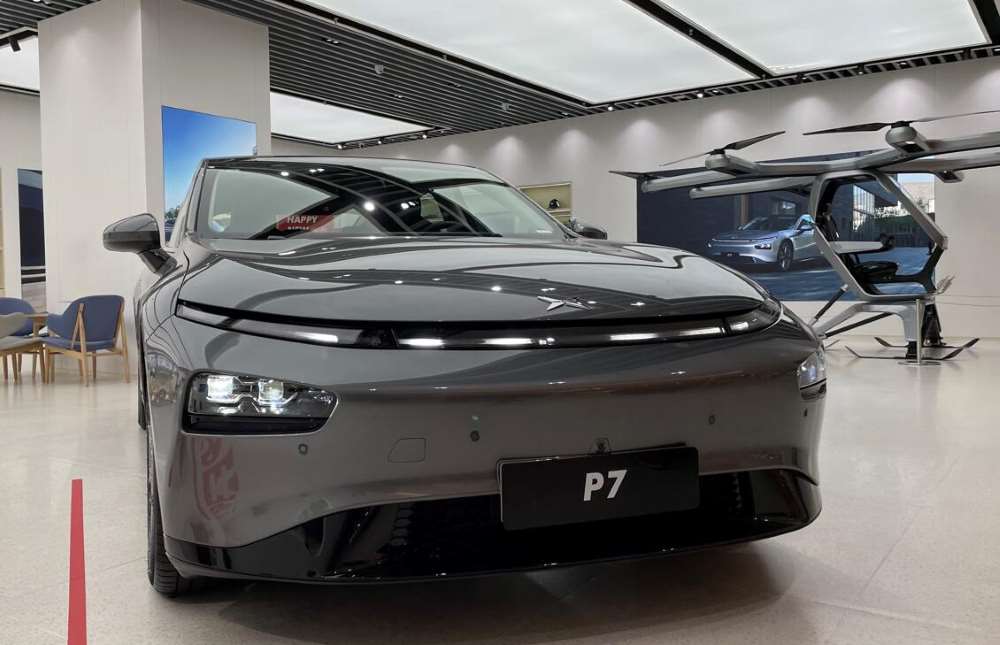Xpeng accused by some users of reducing battery capacity via OTA update
Xpeng said these user speculations are not factually correct and will invite users to its stores for testing to dispel the doubts.

(Image credit: CnEVPost)
Xpeng Motors (NYSE: XPEV, HKG: 9868) has been hit with similar allegations after WM Motor was accused by some users that their usable battery capacity was reduced via an OTA update.
Some Xpeng owners have complained that their vehicles' range dropped significantly after an OTA upgrade late last year, according to a report Sunday by local media outlet The Paper.
They were among the first owners of Xpeng's flagship sedan, the P7, and suspect the company locked out a portion of the available power through the OTA update, according to the report.
The report cited a man surnamed Le as saying that his vehicle, which he has had for a year and three months, has always had the charge limit set at 90 percent, which means that the 80.9 kWh pack needs to use about 73 kWh to go from zero to stop of charge.
However, in reality, the power consumed from zero to the end of charging at this setting was 66.36 kWh, the owner said, adding that another P7 owner's vehicle also had its WLTP range reduced by 11 percent to 513 km from the previous 576 km.
The owner argued that this was not due to the battery decaying with use, but only after the OTA upgrade.
Locking the available battery capacity is an action taken by car companies for safety reasons, which they usually do when the vehicles leave the factory, but this locked capacity is not counted as part of the available capacity, the report noted.
What these owners are currently complaining about is their suspicion that Xpeng has further reduced the available capacity of the battery by updating the battery management system after they purchased the vehicle, resulting in a drop in range.
Another local media outlet, Caijing, today quoted Xpeng's response as saying that these speculations are not factually correct.
Charging by owners in daily use is not a full charging and discharging behavior in a test environment, Xpeng said, adding that in general even if the dashboard shows a range of 0, its battery still has a small amount of power, and that the change in vehicle charge is also related to the ambient temperature.
As the vehicle ages and mileage increases, the battery decays, resulting in a reduction in charge, which is a physical characteristic of the battery, Xpeng said.
Xpeng will invite customers who need it to have their vehicles tested in stores in order to completely dispel their concerns, the company said.
Xpeng is not the first electric vehicle maker to encounter the allegation.
According to a report by local media outlet Jiemian in early February, 173 owners sent a joint letter to WM Motor on January 10, accusing the company of reducing the amount of power available in the battery without the customer's consent, resulting in a reduced range.
Last December, WM Motor offered a special deal for customers, planning to give 18,888 lucky customers a full inspection of their vehicles and a $200 gift card that could be used for purchases at JD.com, according to the report.
But many of the "lucky" owners who participated in the campaign found that their cars, which had a range of 350 kilometers, were reduced to less than 300 kilometers after the "full inspection," far below the 400 kilometers WM Motor said at the time of purchase, according to Jiemian.
Subsequently, some owners believe that their cars' available battery capacity were locked by WM Motor without their consent.
To date, WM Motor has not responded.

